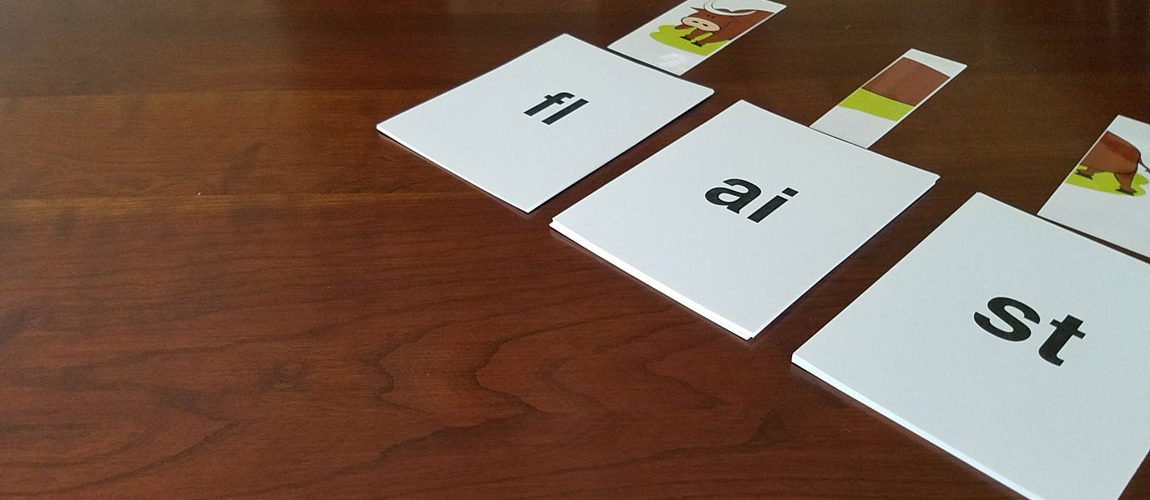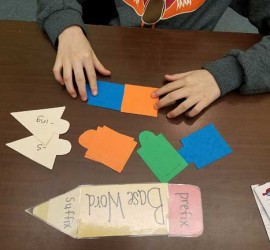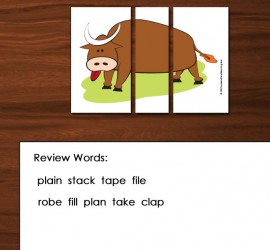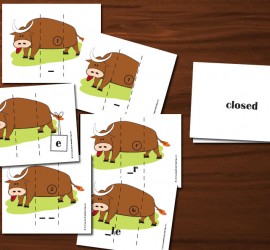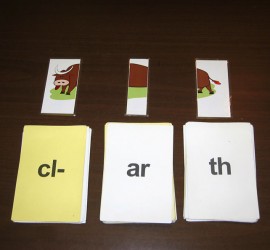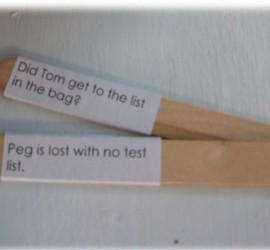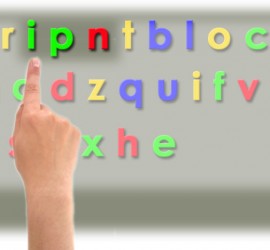Silly Bulls and Review Words
Keep those Silly Bull parts handy heading into the Review Words drill. When a student misses a word, you can ask them to “check the head” (or body or tail), or have them point to and tell you what each of the head, body and tail parts say. If they … Continue reading >

